The Importance of 3-Phase Power and Quality Analysis in Manufacturing
Manufacturing facilities rely on stable power to run their equipment without interruptions. Single-phase power is excellent for smaller setups, but large operations need three-phase power to handle larger machines. To ensure this power is used efficiently, a 3-phase power quality analyser is key. It monitors energy flow, helping to prevent issues and save on costs. This article will discuss the differences between single-phase and three-phase power and explain why a 3-phase power quality analyser is an intelligent investment for manufacturers.
Understanding Single-Phase vs. Three-Phase Power Supplies
Power supply systems come in two main types: single-phase and three-phase. Understanding their differences is crucial for determining which is best suited for different applications, whether for residential use or powering industrial machinery.
1. Single-Phase Power Supply
A single-phase power supply delivers AC voltage through two wires—neutral and phase—that distribute power at one time. This system experiences regular peaks and dips in voltage, making it less consistent in delivering a constant flow of energy. Single-phase power is most commonly used in residential homes and small appliances. It's ideal for lower-power transmission applications, such as lighting, household heating, and minor electronics.
-
Advantages of Single-Phase Power:
-
Suitable for residential and domestic use.
-
Lower power transmission needs, which makes it more cost-effective for small-scale applications.
-
Can handle small appliances and light loads efficiently.
-
-
Disadvantages of Single-Phase Power:
-
Lack of power makes it unsuitable for starting small motors.
-
Motors tend to have a shorter lifespan due to inconsistent power delivery.
-
It is inefficient for heavy industrial machinery, as it cannot handle large power loads.
-
2. Three-Phase Power Supply
A three-phase power supply uses three separate wires, each delivering alternating current in three phases. These phases work together to produce a more stable and continuous power flow. Three-phase systems have two standard configurations: Delta and Star. They are highly efficient, converting around 97% of electrical energy into mechanical energy, making them the preferred choice for industrial operations that require high power outputs and long-lasting equipment.
-
Advantages of Three-Phase Power:
-
It is ideal for heavy-duty equipment and industrial applications.
-
Motors have a longer lifespan due to the continuous, non-turbulent power flow.
-
It provides higher efficiency with minimal energy loss during transmission.
-
-
Disadvantages of Three-Phase Power:
-
It is not available in all locations, particularly in residential areas.
-
Higher initial setup costs, including installation and equipment.
-
If improperly installed, motors may face issues with rotation or performance.
-
Why Manufacturing Facilities Need Three-Phase Power
Manufacturing facilities rely on large machinery and motors that need more power than a single-phase system can handle. Three-phase power provides the higher electrical capacity needed to keep everything running smoothly.
-
Handling Higher Electrical Demands
Heavy equipment in manufacturing, like conveyor belts and large motors, requires a lot of energy. Three-phase power delivers a steady flow of electricity, ensuring these machines get the power they need without interruptions or strain on the system.
-
Running Multiple Machines at Once
Manufacturing often requires running multiple machines simultaneously. Three-phase power makes it easier to operate several pieces of equipment without overloading the system, maintaining efficient operations and lowering the risk of power outages or equipment damage.
-
Preparing for Future Technology
As technology improves, manufacturing facilities must be prepared for new energy-intensive equipment, such as electric vehicle (EV) chargers and solar inverters. Using three-phase power ensures facilities can accommodate these future technologies without requiring major electrical upgrades.
Advantages of Using a 3-Phase Power Quality Analyser
A 3-phase power quality analyser offers several critical benefits for manufacturing facilities, helping ensure reliable and efficient power distribution. Here are the main advantages:
1. Optimised Power Distribution
- A 3-phase power quality analyser helps maintain proper load balancing across systems, preventing power surges, outages, or imbalances that could lead to disruptions.
- It ensures steady voltage levels, minimising downtime by reducing the risk of equipment failure or power fluctuations.
2. Increased Efficiency
- The analyser identifies inefficiencies or potential faults in the system early on, helping prevent costly repairs or unexpected breakdowns.
- It monitors factors like harmonic distortion and reactive power, both of which can negatively impact machinery's performance. By addressing these issues, facilities can keep equipment running smoothly and efficiently.
3. Cost Savings
- A 3-phase power quality analyser optimises power use to reduce overall energy consumption, leading to lower operational costs.
- Preventing damage to sensitive equipment, the analyser reduces the need for expensive repairs and maintenance, further contributing to long-term cost savings.
Conclusion
Manufacturing facilities need a steady and reliable power supply to keep their equipment running smoothly. While single-phase power is fine for smaller setups, three-phase power is essential for more significant operations that need more consistent energy.
A 3-phase power quality analyser helps monitor and optimise this power, preventing issues, reducing costs, and ensuring machines run efficiently. It also allows facilities to prepare for future technology upgrades. Overall, using a 3-phase power quality analyser is an intelligent investment to maintain smooth operations and avoid costly downtime.
Ready to Boost Operational Efficiency?
Request a quote for a 3-phase power quality analyser today! With our best suppliers in Australia, you’ll keep your manufacturing facility running smoothly while minimising the risk of costly power disruptions.
FAQ:
-
What is a 3-phase power quality analyser?
A 3-phase power quality analyser is a tool used to monitor and optimise power distribution in three-phase systems. It helps identify issues like voltage imbalances, harmonic distortion, and inefficient energy use, ensuring smooth operation and preventing costly downtime.
-
How does a 3-phase power quality analyser help reduce costs?
By monitoring and optimising power usage, a 3-phase power quality analyser identifies inefficiencies that lead to wasted energy. It helps avoid equipment damage and unplanned repairs, lowering overall maintenance costs.
-
Can a 3-phase power quality analyser prevent power outages?
While it can’t prevent external power outages, it can help minimise the risk of internal power issues like surges, imbalances, or system overloads that can lead to equipment shutdowns.


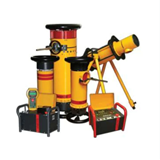
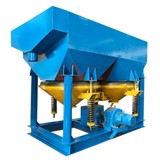
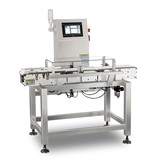
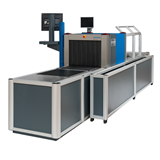

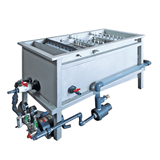
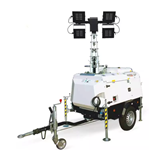








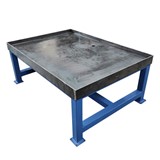



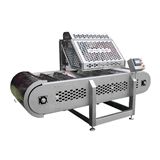

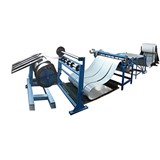

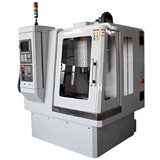
-160x160-state_article-rel-cat.png)
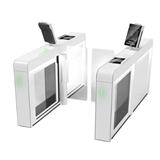
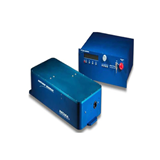
-205x205.jpg)